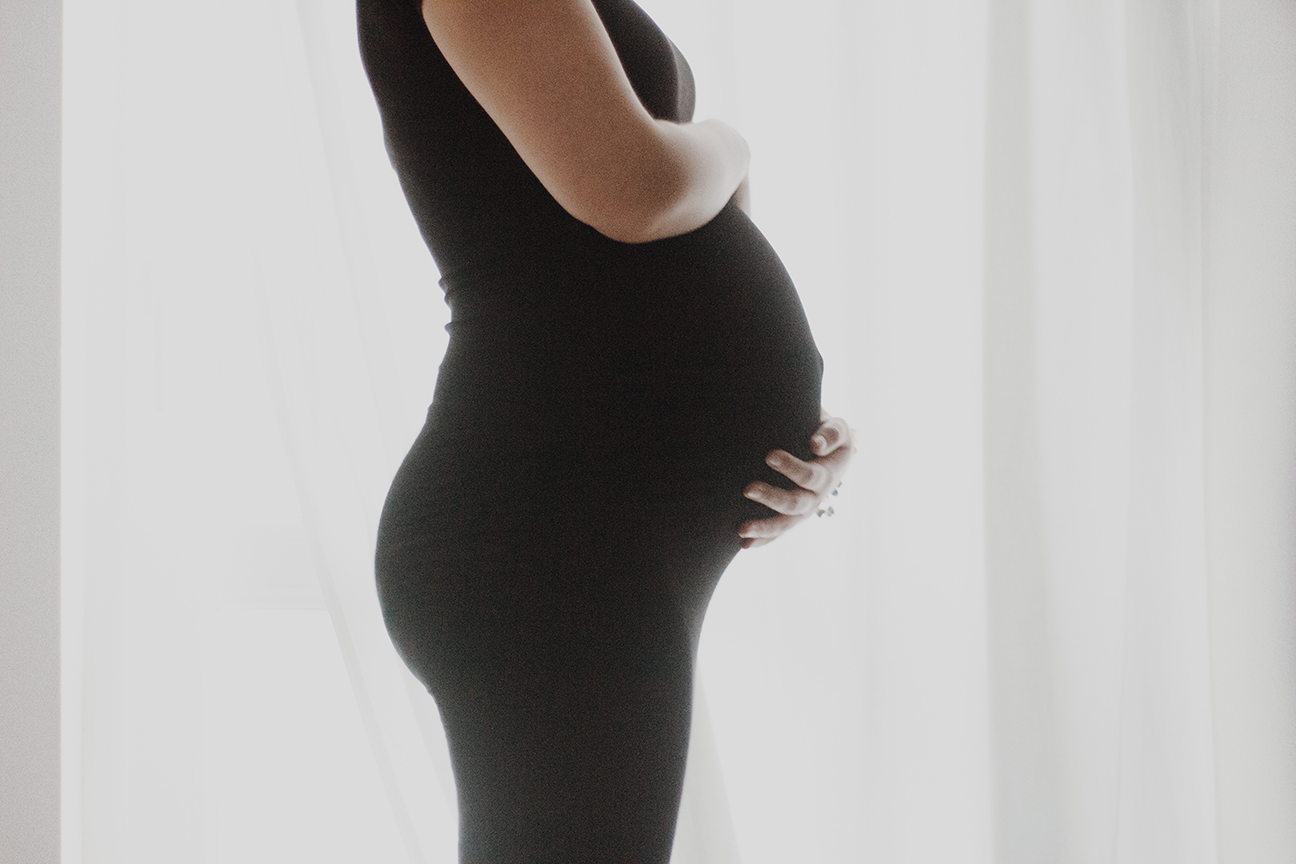What information and tips do you have for me for the delivery?
Prepare
Following months of growth and anticipation, the birth of your baby is approaching fast. We will prepare you for this experience during your pregnancy. Advice and information are at the ready, we will help you to prepare a birth plan and you are welcome to join one of our regular information evenings. Do you have questions about delivery or are you feeling apprehensive? You can come to us with all of your concerns.
Tips to give birth
- Prepare a birth plan including your specific wishes
-Where do you want to give birth?
-What is important to you during labour?
-What do you think is important for your baby after birth?
-Do you have special wishes? - Attend the information evening at Femme Amsterdam to learn more about labour and delivery
– At the information evening you get a realistic picture of birth
– You know the possibilities
– You know what you can expect from us - Do not hesitate to come to your midwife to discuss all of your wishes and questions
- Take a pregnancy class, if you want
- Get a head start on your breathing techniques. Breathing and relaxing are very important during labour. Yoga is also a good preperation.
- Ensure sufficient rest; so you can prepare yourself physically and psychologically for the welcome your baby. This includes beginning your maternity leave on time
- Download de checklist: what you need during delivery (Dutch)

Progression of labour and delivery
Every birth is different and every birth will be another experience for the woman and partner. It is unpredictable when you will get into labour or how labour will go. To prepare yourself we advise you to read this information, to join our information evening and to discuss your questions with the midwife.
Contractions
In the end of the third trimester you experience braxton hicks contractions. The woomb is a muscle and will be more active at the end of your pregnancy. During a braxton hicks the woomb will contract shortly, what might feel uncomfortable. Rest or a warm shower will relax your woomb again. When you have a lot of braxton hicks it is still hard to predict if labour is close. Some women don’t experience braxton hicks at all. The chance is 90% that labour will start with contractions. In the beginnig you might doubt if this is a real contraction. They will get more intense and you need to adjust your breathing. A contraction is like a wave of pain low in your abdomen or in your lower back. The contractions are caused by the hormon oxytocin. The contractions will cause that the mouth of the uterus is opening. This is dilitation.
Dilation
Contractions ensure that your cervix becomes gradually softer and thinner so that it can fully open throughout the process. You can think of your cervix as a turtleneck jumper that your baby will pass through. With your first baby, the first centimetres of dilation often take the most time. Once the contractions start picking up in frequency and intensity, eventually every 2 to 3 minutes, delivery will progress more quickly. At 10 centimetres, you are fully dilated. The mouth of the uterus will disappear around the babies head, that’s why your babies head can come depper in the pelvis. You may begin to feel the urge to push with each contraction. As long as you are fully dilated, you may begin to push your baby out into the world.
Reptured membranes
Your baby is protected by a fluid-filled membrane known as the amniotic sac. Suddenly you underpants is wet, this is comes unexpectedly. The water will normally keep on leaking. Try to catch some water in a glas so you can judge the colour. Amniotic should be clear and can be pinkish. When it is yellow, green or browm contact the midwife. There is a 10% chance that your labour will begin after your water breaks. 90% of births initially begin with contractions followed by ruptured membranes. This helps to open the cervix by applying additional pressure, like a blown up balloon. If your water doesn’t break spontaneously, you may choose to have us break the membrane. With breaking the membrames a lot of ocytocine is released what will make the contractions more intense and increase the dilitation. This is not painful; you will only feel a flow of warm fluid. If you are not experiencing any contractions within 24 hours of your water breaking, you will be transferred to the care of a gynaecologist. He or she will inform you of your options. It is often just a matter of waiting until contractions begin on their own. For most women, this occurs within 48 hours. If this does not occur naturally, you will be induced. This is done as the risk of infection increases without the protection of the membrane.
Pushing and birth
If you are fully dilated, you may begin to feel the urge to push. You baby’s head is dropping lower through the opening of your cervix. At the peak of a contraction you will experience the urge to push. These contractions usually come every 2 to 4 minutes. This is the final stage of labour. Your baby is ready to come into the world. You may actively push, and your baby will gradually descend. As your baby’s head comes out through your vagina, the midwife will ask you to keep on breathing to give your skin some time to strecht. You will feel the skin stretch between your vagina and anus. This may cause a burning sensation. Warm towels against the area help to alleviate the pain. The babies head is the biggest part to be born, after birth of the head the body wil normally follow quickly. Your new-born baby will be placed on your (preferably bare) chest where he or she will enjoy an hour of cuddles as long as no complications have occurred.
The placenta
When your baby is born the contractions will stop. (When it’s not your first child your can still experience some contractions.) After 15-120 minutes your uterus will contract again to loose the placenta. The midwife will give some pressure on your abdomen and ask you to push one more time to give birth to the placenta. It is important for the placenta to be born as soon as possible to appearance bloodloss. When the bloodloss is above 1 Liter or the placenta is stock we will ask the gynecologist for help. When this is necessary your placenta can be removed on the OK. After birth of the placenta we will inspect your perineum. When necessary we will stitch a tear with local anesthesia.
Cutting the umbilical cord / The golden hour
Your baby is born, a special moment! The first hour ( when there are no complications) we will advise you to have your naked baby on your skin. This skin to skin contact will make a strong connection between parents and baby. The first hour your baby will probably very awake an try to make contact with you. Normally your baby will start searching for your breast within half an hour. Possibly we will help you to latch your baby on. The umbilical cord has to be cut as well, we will wait until the heartbeat stopped in the umbilical cord. An exception is when you want to do stem cell donation, then we cut the cord after 1 minute to collect the bloodwork. You can find more information on stamcelbanknederland.nl. After one hour we will do the physically examination with your baby, we will make you are part of this examination and don’t miss anything of the first moments with your newborn.


